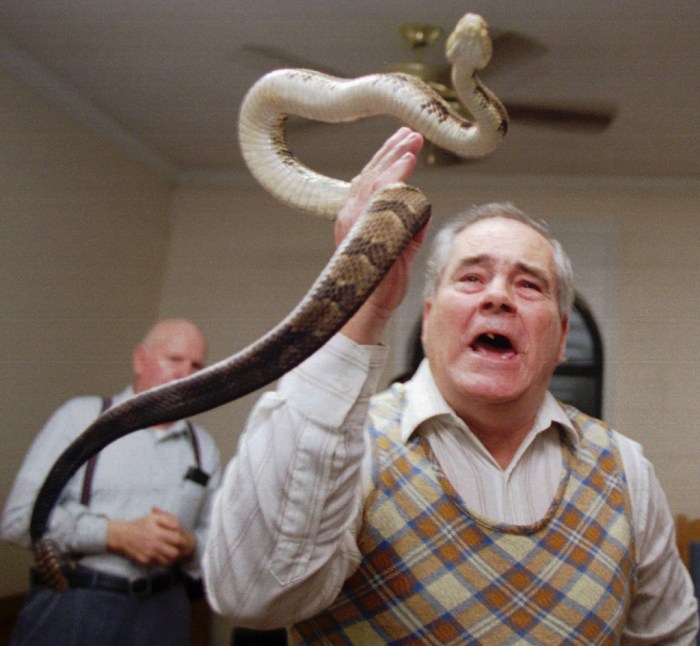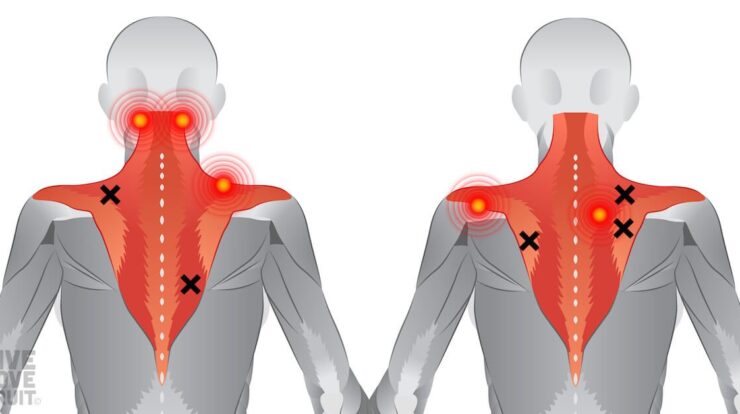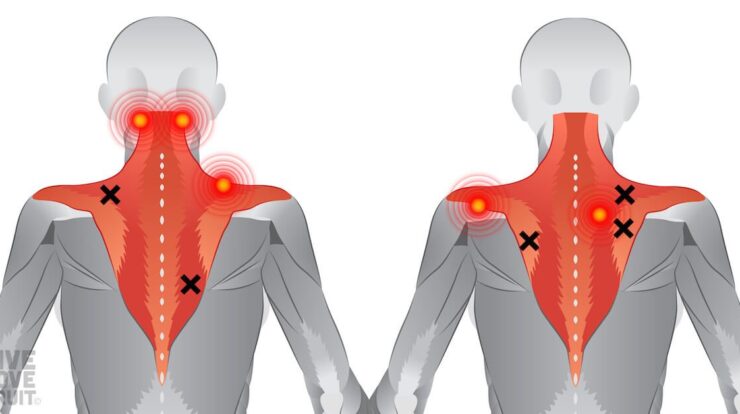
How to handle his snake yumi sin and fit kitty – In the captivating realm of herpetology, where the enigmatic world of snakes intertwines with the curious minds of enthusiasts, we embark on a journey to explore the intricacies of handling snakes, particularly the enigmatic Yumi Sin and the enigmatic Fit Kitty.
This comprehensive guide will delve into the nuances of proper handling techniques, environmental considerations, feeding and nutrition, health and veterinary care, and safety and legal considerations, empowering you with the knowledge and confidence to navigate the fascinating world of snake ownership.
As we unravel the secrets of snake handling, we will uncover the delicate art of picking up, holding, and releasing these magnificent creatures with safety and respect. We will delve into the ideal environmental conditions that foster their well-being, ensuring they thrive in their captive habitats.
Understanding their specific dietary needs and providing proper nutrition will be crucial to maintaining their health and vitality.
Handling Techniques
Handling snakes requires a combination of safety, respect, and proper techniques. Understanding the animal’s behavior and ensuring its well-being are paramount.
Picking Up a Snake
- Approach the snake calmly, avoiding sudden movements or loud noises.
- Locate a secure grip point behind the snake’s head, near the neck.
- Gently lift the snake, supporting its body with your other hand.
Holding a Snake
- Hold the snake firmly but gently, allowing it to rest on your arm or in a secure container.
- Keep the snake’s head and neck slightly elevated to prevent choking.
- Avoid constricting the snake or putting pressure on its body.
Releasing a Snake
- Lower the snake gently to the ground or into its enclosure.
- Release your grip slowly and carefully, allowing the snake to move away.
- Avoid releasing the snake in an unfamiliar or potentially dangerous environment.
Use of Snake Hooks
For larger or potentially dangerous snakes, snake hooks can provide a safe distance for handling. These tools allow you to manipulate the snake without direct contact.
- Use the hook to gently guide the snake, avoiding sudden movements.
- Keep the snake at a safe distance and maintain control throughout the handling process.
- Never use the hook to strike or injure the snake.
Environmental Considerations

Providing a suitable environment is crucial for the well-being of your snake. This includes ensuring the proper enclosure size, temperature, humidity, and substrate. Additionally, it is essential to have the necessary equipment for snake care, such as heating lamps, thermostats, and water dishes.
Regular cage cleaning and maintenance are also important to maintain the snake’s health.
Enclosure Size
The enclosure should be large enough for the snake to move around comfortably and to provide space for hiding and thermoregulation. As a general rule, the enclosure should be at least as long as the snake’s body length and at least half as wide.
For example, a 4-foot-long snake would require an enclosure that is at least 4 feet long and 2 feet wide.
Temperature
Snakes are ectothermic, meaning they rely on external heat sources to regulate their body temperature. It is important to provide a temperature gradient within the enclosure so that the snake can choose the temperature it prefers. The warm end of the enclosure should be around 85-90°F, while the cool end should be around 75-80°F.
A heat lamp can be used to provide the necessary heat.
Humidity
Snakes also require a certain level of humidity in their environment. The humidity should be around 50-60%. This can be achieved by misting the enclosure with water or by using a humidifier.
Substrate
The substrate is the material that covers the bottom of the enclosure. It should be absorbent and easy to clean. Some common substrates include aspen shavings, cypress mulch, and newspaper.
For those who need guidance on how to handle their snake yumi sin and fit kitty, check out this helpful guide that provides comprehensive instructions on how to handle your snake yumi sin and fit kitty. The guide covers everything from feeding and bathing to handling and training, ensuring that you have the knowledge and skills to care for your snake yumi sin and fit kitty properly.
Essential Equipment
In addition to the enclosure, you will need the following equipment for snake care:
- Heating lamp
- Thermostat
- Water dish
- Hiding places
Cage Cleaning and Maintenance
The snake’s enclosure should be cleaned regularly to remove waste and prevent the spread of bacteria. The substrate should be replaced every 2-3 weeks, and the enclosure should be disinfected every 4-6 weeks. It is also important to clean the water dish and any other equipment in the enclosure on a regular basis.
Feeding and Nutrition

Maintaining a snake’s health requires a proper understanding of its dietary needs. Different species have varying food preferences, so it’s crucial to research the specific requirements for your pet. This section will delve into the frequency and types of food required, as well as the importance of proper nutrition and supplementation.
Dietary Needs
Snakes are carnivores and their diet primarily consists of rodents, birds, or fish. The frequency of feeding depends on the species, age, and size of the snake. Generally, younger snakes require more frequent feedings, while adults can go longer periods between meals.
Getting started with snake yumi sin and fit kitty can be overwhelming, but it doesn’t have to be. With a little preparation, you can have them both handled and fit in no time. If you’re new to snake yumi sin and fit kitty, it’s important to do your research and learn as much as you can about them.
There are plenty of resources available online and in libraries. You can also find helpful information by searching for ” how to handle his snake yumi sin and fit kitty “. Once you have a good understanding of snake yumi sin and fit kitty, you can start to develop a plan for handling them.
It’s essential to consult with a veterinarian or experienced snake keeper to determine the appropriate feeding schedule for your pet.
Live or Frozen Prey
Snakes can be fed either live or frozen prey. Live prey is the natural choice, but it can pose safety risks and may not be readily available. Frozen prey, on the other hand, is safer and more convenient. When feeding frozen prey, ensure it is thawed to room temperature before offering it to your snake.
Proper Nutrition
A balanced diet is crucial for a snake’s health. It should provide the necessary nutrients, vitamins, and minerals to support growth, development, and overall well-being. Calcium and phosphorus are particularly important for bone health. Supplements may be necessary to ensure adequate intake of these essential nutrients.
Health and Veterinary Care
Snakes, like all animals, can experience various health issues. Recognizing and treating these issues promptly is crucial for their well-being. Common health problems in snakes include respiratory infections, skin issues, digestive problems, and parasites.
Veterinary Checkups and Preventive Care
Regular veterinary checkups are essential for maintaining a snake’s health. These checkups allow the veterinarian to assess the snake’s overall condition, identify any potential health issues, and provide necessary treatment or preventive measures. Regular checkups also help detect and manage underlying health conditions before they become severe.
Role of a Qualified Veterinarian
A qualified veterinarian specializing in reptiles is essential for providing proper medical treatment and advice to snake owners. They have the knowledge and experience to diagnose and treat health issues, perform surgeries, and provide guidance on proper husbandry and nutrition.
Consulting a qualified veterinarian ensures that your snake receives the best possible care.
Safety and Legal Considerations: How To Handle His Snake Yumi Sin And Fit Kitty
Snake ownership comes with significant responsibilities and potential risks, especially when dealing with venomous or constricting species. Responsible snake ownership involves understanding the inherent risks, taking appropriate safety measures, and adhering to legal regulations.
Many jurisdictions have specific laws and regulations governing the keeping of certain snake species. These regulations vary depending on the species, its venom potential, and the potential risk to public safety. It is crucial to research and comply with local and state laws before acquiring a snake.
Handling your snake yumi sin and fit kitty can be a daunting task, but it’s essential for their well-being. For more detailed instructions, check out how to handle his snake yumi sin and fit kitty . Handling your snake yumi sin and fit kitty correctly will help ensure their safety and make the experience more enjoyable for both of you.
Legal Regulations
In many areas, permits or licenses are required to keep certain snake species. These permits often involve background checks, inspections of the enclosure, and proof of adequate knowledge and experience in snake handling. Failure to comply with legal regulations can result in fines, confiscation of the snake, or even criminal charges.
I’m not sure how to handle his snake yumi sin and fit kitty, but I’m sure there are some tips online. Maybe I can find some advice on how to increase insurance agent productivity . I’m sure there’s some overlap between the two topics, so it’s worth a shot.
Safe Interactions in the Wild, How to handle his snake yumi sin and fit kitty
While it is generally not advisable to handle snakes in the wild, there are situations where it may be necessary, such as when a snake enters a home or poses a threat to humans or pets. In these cases, it is important to remain calm and avoid sudden movements that may startle the snake.
Slowly back away from the snake and give it space to escape. If the snake is blocking your path, use a long stick or object to gently guide it away while maintaining a safe distance.
Preventing Conflicts
To minimize the risk of conflicts with snakes in the wild, it is important to be aware of their habitats and take precautions when exploring areas where snakes may be present. Wear appropriate clothing, such as long pants and boots, and be mindful of your surroundings.
If you encounter a snake, do not approach or attempt to handle it. Give it ample space and allow it to move away undisturbed.
Last Word

In conclusion, embarking on the journey of snake ownership requires a deep understanding of their unique needs and behaviors. By adhering to proper handling techniques, providing optimal environmental conditions, ensuring a nutritious diet, and prioritizing health and veterinary care, we can create a harmonious and enriching environment for these captivating creatures.
As responsible snake owners, we must also be mindful of safety considerations and legal regulations, ensuring the well-being of both our snakes and the community at large. With knowledge and compassion as our guiding principles, we can foster a mutually fulfilling bond with these enigmatic and awe-inspiring animals.
General Inquiries
What is the proper way to pick up a snake?
Always approach the snake calmly and slowly, avoiding sudden movements. Gently support the snake’s body with one hand near the head and the other hand near the tail. Lift the snake by sliding your hands towards each other, providing even support.
How often should I feed my snake?
The frequency of feeding depends on the species of snake. Generally, adult snakes can be fed every 5-14 days, while younger snakes may need to be fed more frequently.
What are the signs of a healthy snake?
A healthy snake will have clear eyes, a smooth and blemish-free skin, and a good body weight. They will be active and alert, and their movements will be fluid and coordinated.





